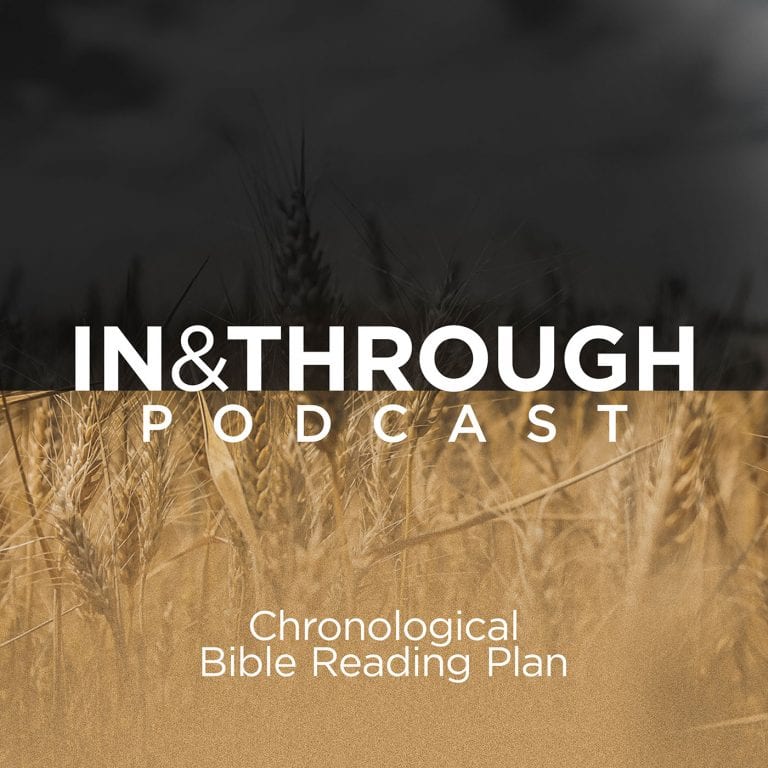I get asked about artificial intelligence (AI) and preaching almost every week, so a couple months ago I decided to try to think more deeply and clearly about it in order to answer these questions thoughtfully and with clarity. I doubt I am the only one being asked, so I hope the following thoughts serve you as you consider the role of AI in preaching and teaching.
AI is here to stay. It has become a fixture of modern life, and ministry is no exception. With just a few prompts, AI can generate sermon outlines, summarize commentaries, draw parallels across Scripture, and even suggest applications and illustrations. For pastors and seminary students, this is both a gift and a challenge. The question is not merely can we use AI in sermon preparation, but should we?
In an effort to think clearly about this, I have found it helpful to recover an old framework from Aristotle’s Rhetoric, where he describes three necessary components of persuasion: logos (the logic or content of the message), pathos (the emotional resonance), and ethos (the credibility and character of the speaker). While Aristotle obviously didn’t write about preaching in the twenty-first century, I find that his categories offer a surprisingly helpful rubric.
Here’s my argument: AI can assist with logos, but it cannot deliver pathos or ethos. In faithful Christian preaching (particularly gospel-centred preaching that aims to get to the heart of the hearer), those missing elements are not optional.
The power of preaching is not in information alone.
Preaching is a spiritual act: a moment where the Word of God meets real people, in a real place, through a real preacher, in the power of the Holy Spirit. Preaching is grounded in divine revelation, mediated through a redeemed messenger, and aimed not merely at minds, but at hearts and lives. To quote Paul the Apostle, “what we proclaim is not ourselves, but Jesus Christ as Lord, with ourselves as your servants for Jesus’ sake.” (2 Cor. 4:5). That kind of preaching cannot be automated.
Logos: AI Can Assist with the Content of a Sermon
Let’s start with what AI can do. Note: I am not arguing what it ought to do, I am simply stating what it can do. When it comes to logos (the logical structure and intellectual substance of a message) AI has obvious potential.
It can:
- Outline a passage and summarize themes
- Identify textual connections across the canon
- Suggest helpful illustrations or theological insights
- Clarify technical terms and historical context
Some may find these tools especially helpful for early-stage sermon prep. For a seminary student wrestling with a difficult text, or a pastor facing multiple weekly teaching responsibilities, AI can serve as a fast-thinking assistant. It doesn’t replace commentaries or personal study, but it can jumpstart the process.
And yet, even here, there’s a limit. AI can gather information, but it cannot yield illumination. It can mimic theological insight, but it cannot see the glory of Christ in the text (2 Cor. 3:18). It can help organize your thoughts, but it cannot stir the soul. And it cannot fully comprehend the redemptive arc of Scripture from Genesis to Revelation, because it does not know the Redeemer.
The logos of a gospel-centred sermon is more than logic; it is gospel logic. It centres not merely on biblical principles, but on the person and work of Jesus. AI can echo the structure of that message, but it cannot comprehend it. Only the Spirit of God reveals the things freely given to us by God (1 Cor 2:10–12). This is why preaching is never merely informational—it is deeply spiritual.
Pathos: AI Cannot Preach with Spirit-Empowered Passion
Preaching is more than explanation, it is proclamation. It is heralding good news to real people in real time, in a particular place and season. It requires emotional discernment, pastoral warmth, and Spirit-filled urgency. This is pathos, and it’s where AI falls flat.
AI cannot feel the weight of sin or the wonder of grace. It cannot preach through tears or joy. It cannot perceive the mood of a congregation or minister to wounds beneath the surface. It cannot rejoice in a wedding or mourn at a funeral. It can replicate tone, but it cannot minister in tenderness.
To preach with pathos is not to manipulate emotions, but to engage them truthfully. The preacher’s heart must first be moved by the gospel if others are to be moved by it. Jonathan Edwards famously said, “I should think myself in the way of my duty to raise the affections of my hearers as high as possibly I can, provided they are affected with nothing but truth.” This is the task of the preacher and it cannot be done algorithmically by an LLM. Gospel preaching calls for a heart burning with the truth it declares. AI can suggest what to say, but it cannot supply the fire.
Ethos: AI Has No Character to Commend the Message
Perhaps the most striking limitation of AI in preaching is its lack of ethos. Ethos refers to the moral credibility of the speaker. In Aristotle’s model, a message is persuasive in part because the audience trusts the one delivering it.
This principle is deeply biblical. Paul repeatedly grounds his apostolic authority in his conduct: “You know what kind of men we proved to be among you for your sake” (1 Thess. 1:5). The preacher’s life lends weight to the message, not because the messenger is the point, but because the messenger must not contradict the point. Every one of us who preach do so as redeemed sinners—as saints who still sin. We need the gospel we preach as much as our hearers. In a gospel-centred framework, the preacher is not just a conveyor of truth but a witness to it. The authority of a sermon comes not merely from exegesis, but from a life transformed by grace, marked by repentance, shaped by Scripture, and filled with the Spirit.
AI cannot walk with God. Sometimes it will mimic an apology for getting something wrong, but it can’t repent from sin in and amongst one’s community. It cannot model humility. It cannot plead from experience. It cannot embody the gospel. But as a preacher, you can, and you must.
Preachers are not called to perfection, but we are called to repentance and we are called to live into the fullness of the gospel, and when we do, through seeking to follow Jesus, we experience the powerful transformation of the Holy Spirit. We are called to be faithful, authentic, and repentant. The ethos of preaching is bound up in the preacher’s union with Christ, which cannot be downloaded or delegated.
Conclusion: A Tool, Not a Teacher
So, should pastors use AI in sermon preparation? Ultimately, you have to decide what you ought to do on your own. If you decide to use it, you need, at the very least, discernment and limits. AI may be a helpful tool in organizing thoughts, structuring ideas, and refining explanations. It can aid the logos of your sermon. But preaching is not just about what you say. It’s about how you say it—and who says it. At the risk of sounding like an old man, let me reveal my age a little. Just as my dad earned his ticket as a journeyman electrician before cordless power tools, I earned both of my degrees before AI. And that has formed me in ways that I wouldn’t want to lose. Honestly, I think AI will rob the next generation of some of that formation.
You are the preacher. Not because you’re the hero of the message, but because you are the one appointed to bear witness to the true hero: Jesus Christ. That witness must be clear (logos), heartfelt (pathos), and credible (ethos). And that witness can never be automated.
So, if you’re going to use the tools, do so with your eyes wide open to what you may lose in the process. Don’t let AI become a replacement for prayer and wrestling with a text. You cannot outsource the heart. Don’t neglect the formation of a godly life. Let your sermons be formed not just by algorithms, but by adoration of the one who called you to preach.






















